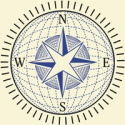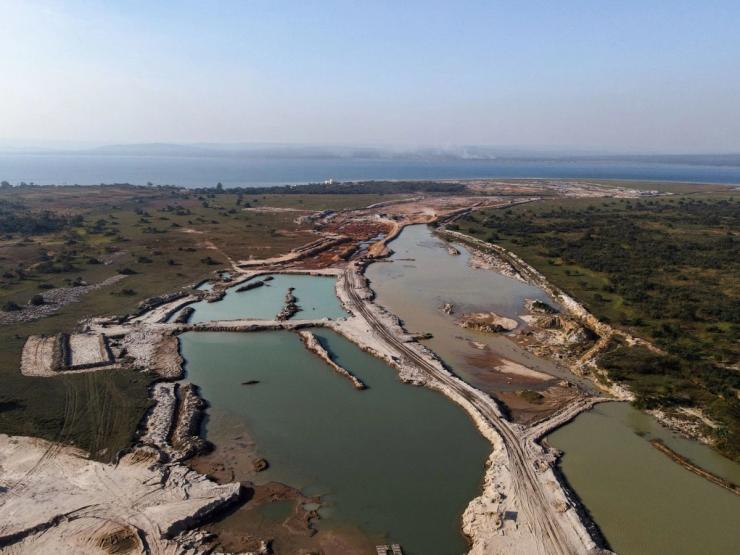The News
Africa’s leading banking groups are targeting DR Congo, enticed by one of the continent’s fastest-growing economies and the promise of a lucrative mining sector, despite the ongoing conflict in the country’s east.
Top banks from Kenya, Nigeria, Tanzania, and South Africa are among the newly arrived or expanding institutions over the past 18 months as their leaders eye a market that still produces higher than average banking profits.
Local banks are starting to face more intense competition and, alongside earlier African entrants, are engaging regulators and local politicians as tighter ownership caps rules are being considered.
“One would ask, why are you in DRC with everything that is happening? But we look at the opportunity so we are following our customers,” Neema Munisi Mori, chair of Tanzania’s CRDB Bank, told Semafor. CRDB opened in the capital Kinshasa and Lubumbashi, the country’s second-biggest city, in July 2023
Fewer than 1 in 10 of DR Congo’s 100 million populace have bank accounts. In the past five years, the Congolese government’s annual budget quadrupled to $16 billion, and by the end of 2024 deposits in the banking system had nearly tripled to $14 billion, according to the central bank.
South Africa’s Absa has been operating via a partnership with Kinshasa’s Rawbank and is considering its options. “You can’t capture the opportunity of the Lobito Corridor via ‘suitcase banking’ forever, we need to think seriously about how we participate,” Absa CEO Kenny Fihla told Semafor, referring to the multibillion-dollar US-backed project to link DR Congo and Zambia’s mining regions to the Lobito port in Angola.
Profitability has been a major draw for recent entrants. Return on equity in Congolese banks averages around 25–30%, comfortably above the Africa-wide average of around 22.5% in 2023.
Know More
Kenyan lenders have led the recent charge in DR Congo. Equity Group acquired second-ranked Banque Commerciale du Congo (BCDC) in 2020 for about $95 million. Kenya’s KCB followed in 2022, acquiring Trust Merchant Bank for an estimated $150-$160 million.
“We’re not chasing first or second place on assets — our push is mass-market and SMEs,” Willy Mulamba, managing director of EquityBCDC, told Semafor. He said the bank has grown to roughly 2 million customers in DR Congo and is targeting 30 million by 2030 by banking the unbanked.
Nigeria’s Fidelity Bank in August confirmed its interest in opening shop here, but its peers have had a longtime stake in the market. Obed Kambala, senior banking officer at First Bank of Nigeria and a former Access Bank DR Congo branch lead, told Semafor that Nigerian banks in DR Congo are “much more conservative”, maintaining tighter control of capital and lower loan-to-deposit ratios. Entry routes also differ: First Bank of Nigeria bought Banque internationale de crédit (BIC) in 2011 and Access Bank acquired a small lender in eastern DR Congo in 2002. Others, including United Bank for Africa (2011) and the Togo-based Ecobank (2008), started from scratch.
Rawbank maintains its position as DR Congo’s largest bank by assets, with the CEO Mustafa Rawji emphasizing digitalization as their key growth lever. Kinshasa-based Sofibanque pitches speed and proximity. “Pan-African rivals are the ‘great hospitals for big deals’; we’re the ‘ER’ for faster calls,” CEO Henry Wazne told Semafor.
Step Back
DR Congo’s current pan-African banking boom follows the disappearance of locally owned banks in the 1990s. “The central bank itself was the primary cause of the failure of all those banks,” Michel Nsomwe, a former central bank director who sat on a 1995-96 committee overseeing “troubled banks,” told Semafor.
Reforms and better regulation, including a 2022 law raising disclosure and capital standards, have strengthened transparency and governance while “giving people more confidence in banks,” Rawbank’s Rawji told Semafor.
But scale hasn’t solved the core structural problem the regulator says it’s now trying to fix: confidence. Central bank governor André Wameso said at a recent policy forum that a key priority for the central bank is to keep more Congolese money inside the country’s own financial system and make it safe to hold locally. The goal is to build a domestic savings base strong enough to finance Congo’s development internally — rather than depending on multilateral lenders for every major project.
Ruben’s view
The arrival — and in some cases quiet reinforcement — of pan-African banks in Congo is being sold as a competitive shock to the system. The reality on the ground is more layered.
For customers, this new competition hasn’t yet translated into broad access to finance. Equity BCDC, which claims it leads the market on customer numbers still only has about 2 million accounts — in a country of more than 100 million people. Banks across the system remain concentrated in a handful of provinces and still lean heavily on government flows, mining-linked corporates, and donor-funded projects to drive deposits and fees. Executives openly say they cannot diversify lending much faster than the wider economy itself diversifies — which means that SMEs, farmers, and most households continue to sit outside formal credit.
There is progress, but it’s uneven. Congolese and regional banks are racing to extend reach through agent networks, over-the-counter mobile transactions, and wallet-style services like Illicocash. Some lenders are trying to replicate that model at scale, building nationwide agent infrastructure and talking about eventually layering in their own fintech rails locally. That is helping with payments, salary distribution, and cash management for traders and civil servants in places where there is no physical branch. But it hasn’t meaningfully cracked the harder problem: affordable lending at the mass-market level.
So the “boom” looks less like a sudden democratization of finance, and more like an arms race among African banking groups to lock in position early in a high-margin market. Until regulation, infrastructure, and economic diversification make it profitable to serve the broader population, Congo’s banking expansion will keep deepening balance sheets faster than it widens access.
Room for Disagreement
Local debate over foreign banks centers on whether they are building a sustainable financial ecosystem or merely extracting value. Economist Michel Nsomwe maintains these institutions function as “banks that plunder Congolese resources” that prioritize exporting mineral wealth. However, Bob David Nzoimbengene, Deloitte’s managing partner in DR Congo, challenges the mining narrative, telling Semafor “our banks do not finance the mining sector,” noting their limited capacity for major projects. Instead, he argues Congolese banking profitability stems from public sector services and corporate banking, with returns “not found in many places” justifying foreign interest.
Notable
- Six experts share how DR Congo can capitalize on the country’s vast opportunities in a briefing for the Atlantic Council think tank.


